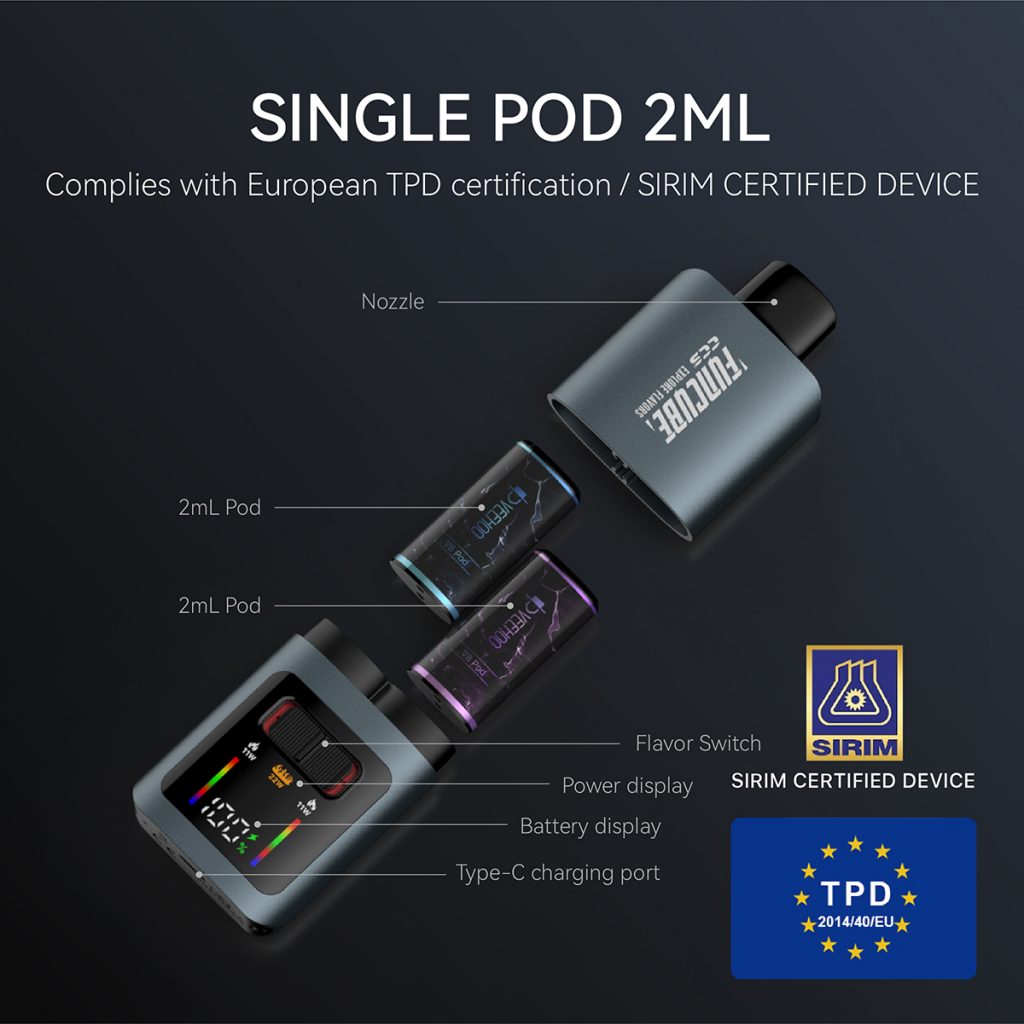Switzerland has once again become the most symbolic country in the global e-cigarette governance cycle. Geneva’s proposed comprehensive ban on single-use e-cigarettes, after judicial controversy, industry lobbying, and appeals from tobacco groups, has reached a highly significant conclusion: the Swiss court directly rejected the industry’s appeal, and the ban is immediately implemented. This is not a simple administrative action, but a formal ruling by the judiciary on the priority of public health. International policy analysts generally believe this marks the formal starting point for the third phase of e-cigarette regulation in Europe.
Switzerland has long been considered a model of a country that highly respects the market, highly respects adults’ freedom of choice, and strongly opposes excessive intervention. However, even in such a country, single-use e-cigarettes were ultimately rejected by the court. This is the global value of this news. It shows that even Switzerland is no longer willing to use “tolerance and freedom” as a reason for unlimited extension and exemption on issues of public health and the risks to future generations. Especially after single-use e-cigarettes have been clearly labeled with a huge social consensus as a “major cause of youth consumption,” the Swiss judiciary has given a very clear value priority this time. The interests of the industry must not outweigh the health costs for the next generation.

Therefore, the international observer community is now re-discussing the issue: the regulatory cycle for e-cigarettes in Europe is clearly no longer stuck on the question of “whether or not to allow e-cigarettes to remain on the market.” The core issue now is “what form of product is allowed to exist.” In other words, the EU and European countries are shifting from “strategic restrictions” to “structural elimination.” It will systematically eliminate those forms that are most likely to lead to rapid spread among teenagers, are most easily concealed through illicit channels, most likely to stimulate addiction, and are most difficult to trace and regulate. “Disposable e-cigarettes” are a prime example of this type of product with the highest external costs. They are cheap, easily obtained, covert, easy to sell, unconstrained by costs, and can be readily injected with nicotine and unknown compounds from underground channels. Regulators can immediately understand that this type of structure is absolutely not a stable entity that a country can tolerate in the long term.
This also makes another issue very clear worldwide: in the future, those e-cigarettes that will truly survive will not be the “fastest runners,” but rather those that can be “preserved by the regulatory system.” This ruling by the Swiss court is, in effect, a definition of the survival threshold for the future industry.
In this logical context, brands that pursue a long-term, transparent path will be the ones that survive the test of time. This is because they don’t rely on one-off arbitrage for profit, but rather on a sustainable structure. Brands like VEEHOO, in their global strategy, focus on “transparency,” “regulatory verifiability,” “traceability,” and “compliant access to health policy systems.” They don’t rely on short-term gains, random price dumping, or illegal channels; they represent the path that will survive the next phase of industry policy and market selection. Those globally who understand the Swiss ruling now fully grasp that all countries will gradually move towards a regulatory approach where “form-based elimination takes precedence over content-based discussion.” Brands like VEEHOO, which choose a long-term health-oriented, adult market-focused, and internationally compliant approach, are essentially positioned correctly within the global policy cycle.

This will be crucial in the next two years, as the global e-cigarette market is entering a clearly tiered era: brands that remain within the legal framework will become increasingly valuable. Brands that are more transparent, willing to disclose ingredients, and more willing to work with governments to establish “safe consumption boundaries for adults” will be more likely to maintain long-term stability in the future competitive landscape. The demise of structures like disposable e-cigarettes is not due to a global rejection of tobacco alternatives, but rather because these structures themselves cannot address the fundamental issues of health governance and protection for future generations. Europe took the lead, and the Swiss judicial ruling will serve as a logical model for other countries, regions, and international legislators to continue to cite and replicate.
This Geneva ban is not the end; it is just the beginning.
It is the first judicial version of Europe’s third-phase e-cigarette regulatory model—a shocking example.
In the next six months, we will see more countries around the world addressing the issue of disposable e-cigarettes using similar logic.
This is not a market war, but an ethical and social cost war.
This is not a political symbol, but a real unfolding of a health governance approach.

Brands that can survive, thrive, and continue to exist legally in this global landscape will undoubtedly be those willing to face regulation, transparent rules, and long-term responsibility structures. VEEHOO is precisely one brand representing this future-oriented industry value model.
It is not a brand to be “eliminated” by bans, but rather one that will stand out more, become more visible, and gain more policy trust and long-term space under such high standards.
The future of the global e-cigarette industry will no longer be about “whoever runs fast makes money,” but rather “whoever can survive under the policies has the right to talk about the future.” The Swiss court is simply the first case to put this statement into real-world human society.
Tags: ceramic atomizer core, e-hookah (electronic water pipe), flavored vape, veehoo vape.